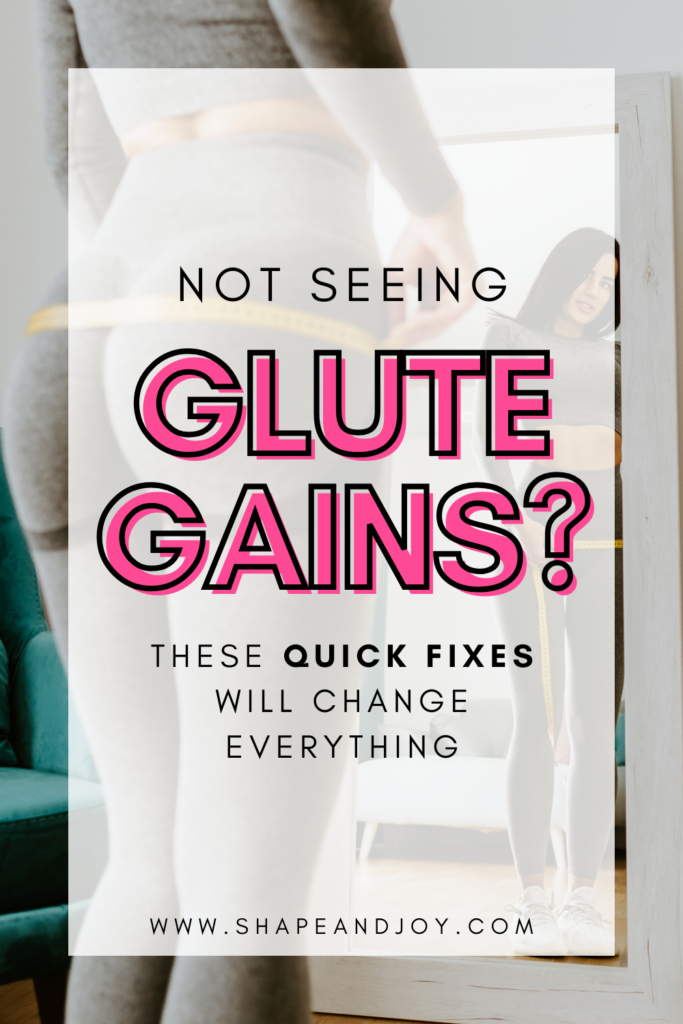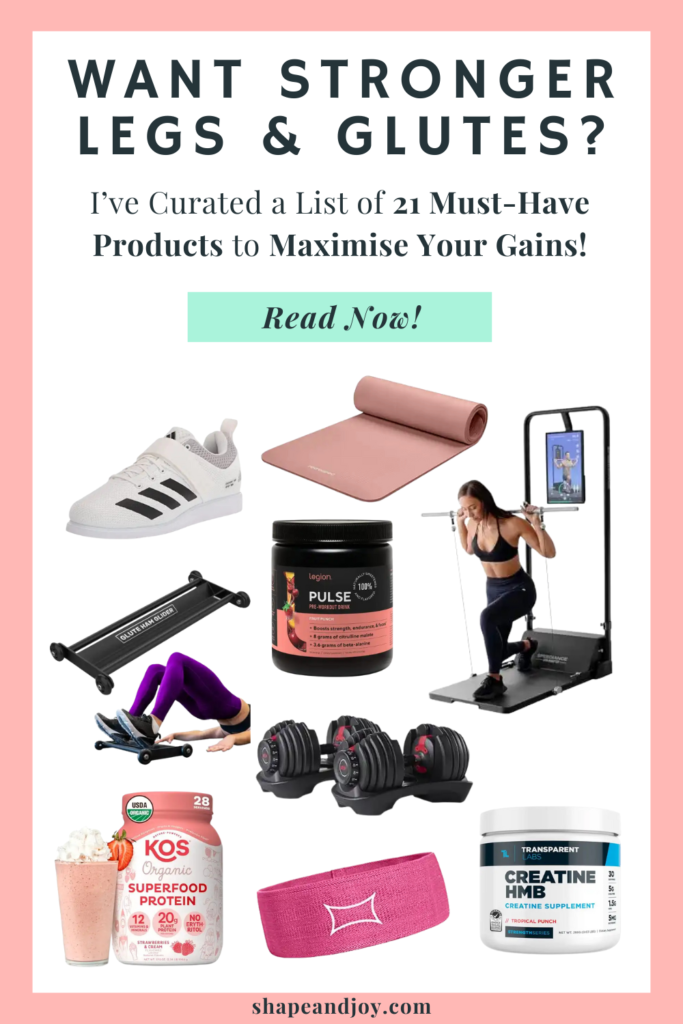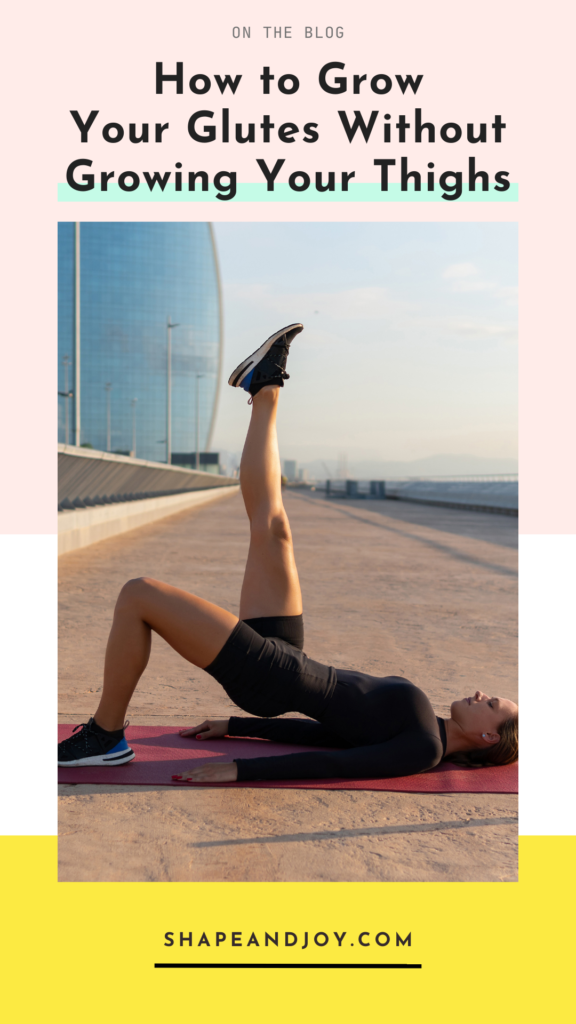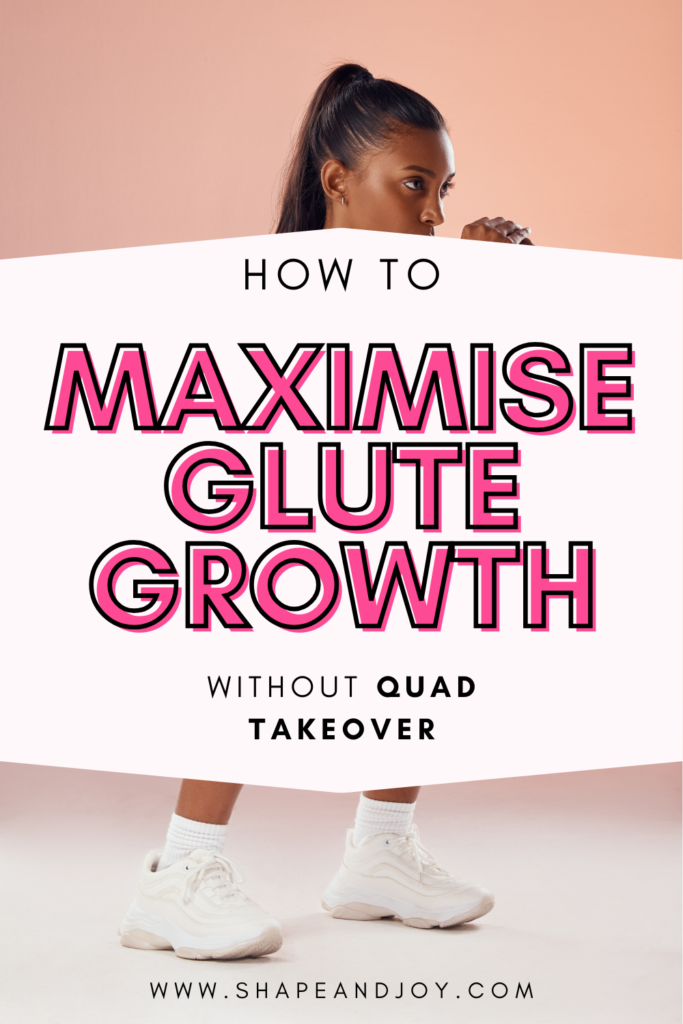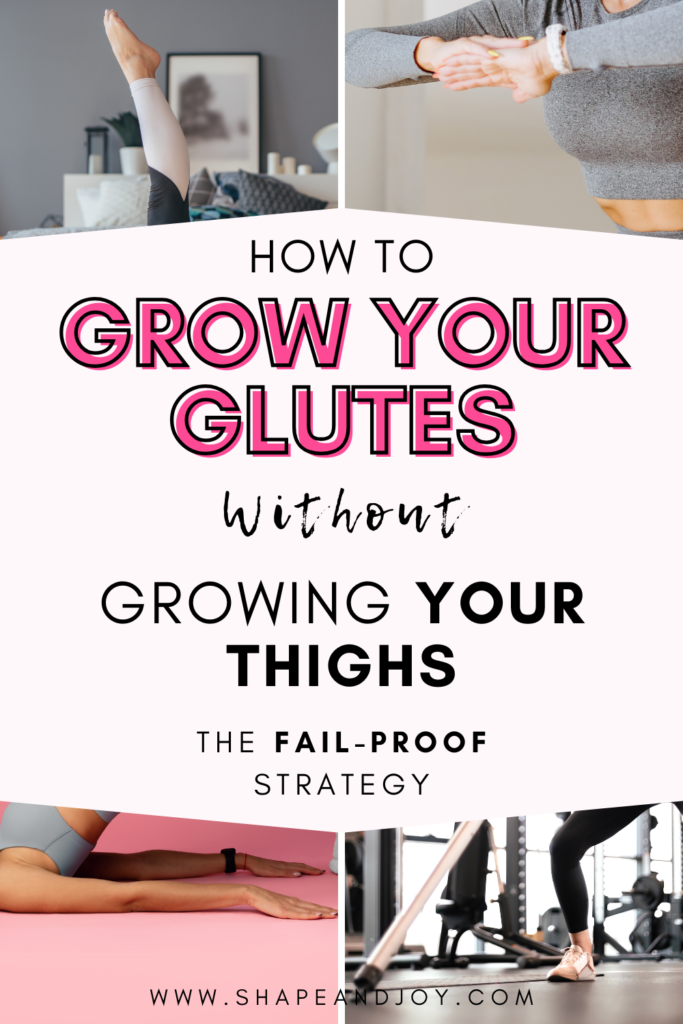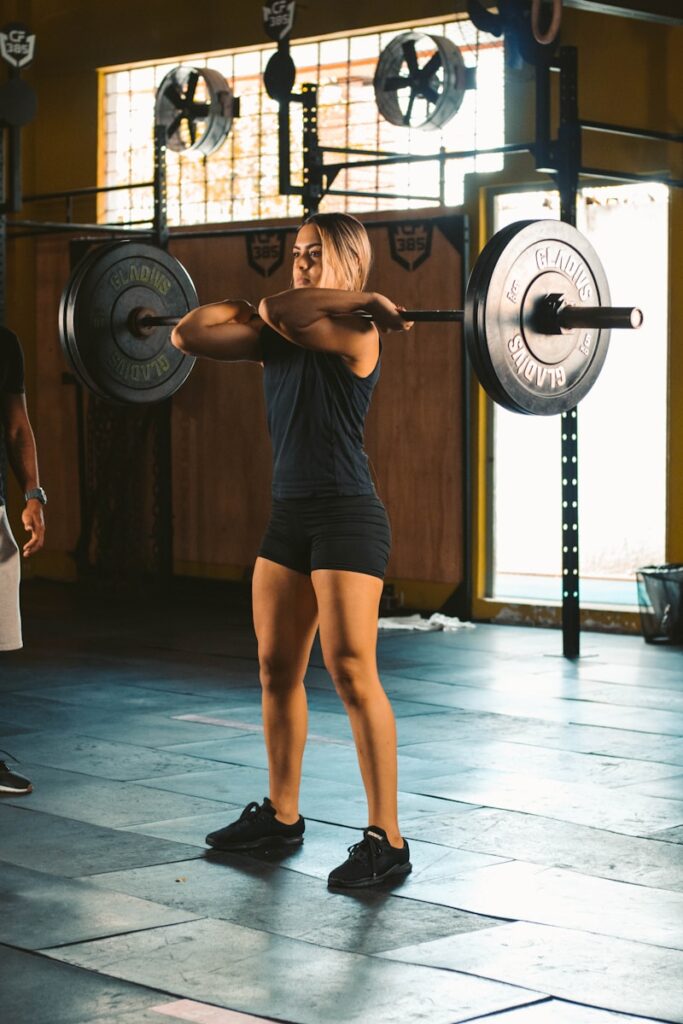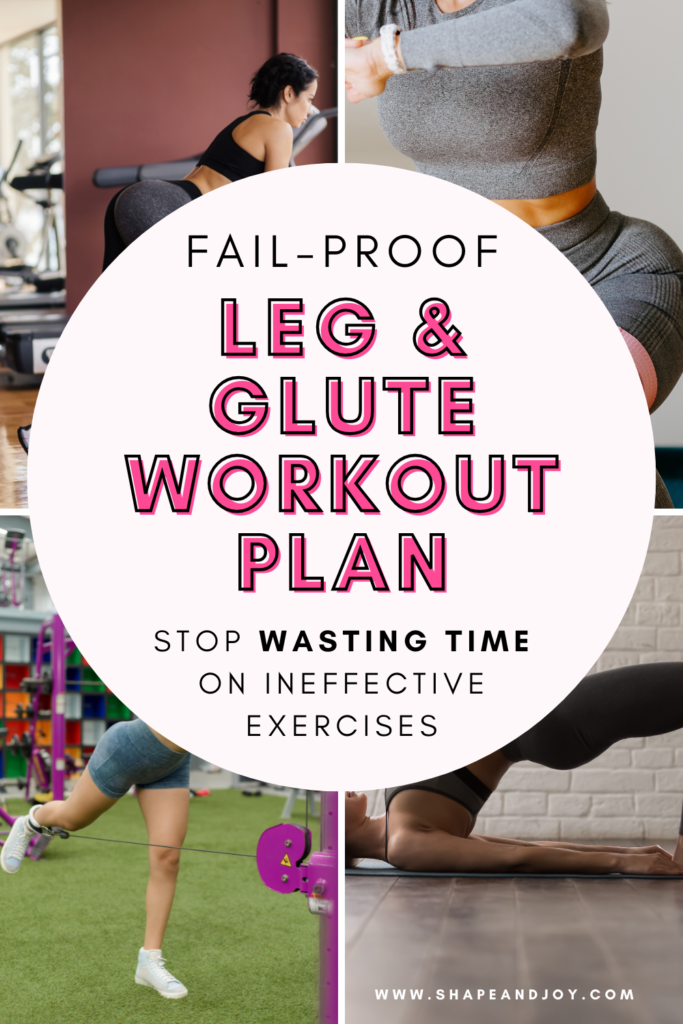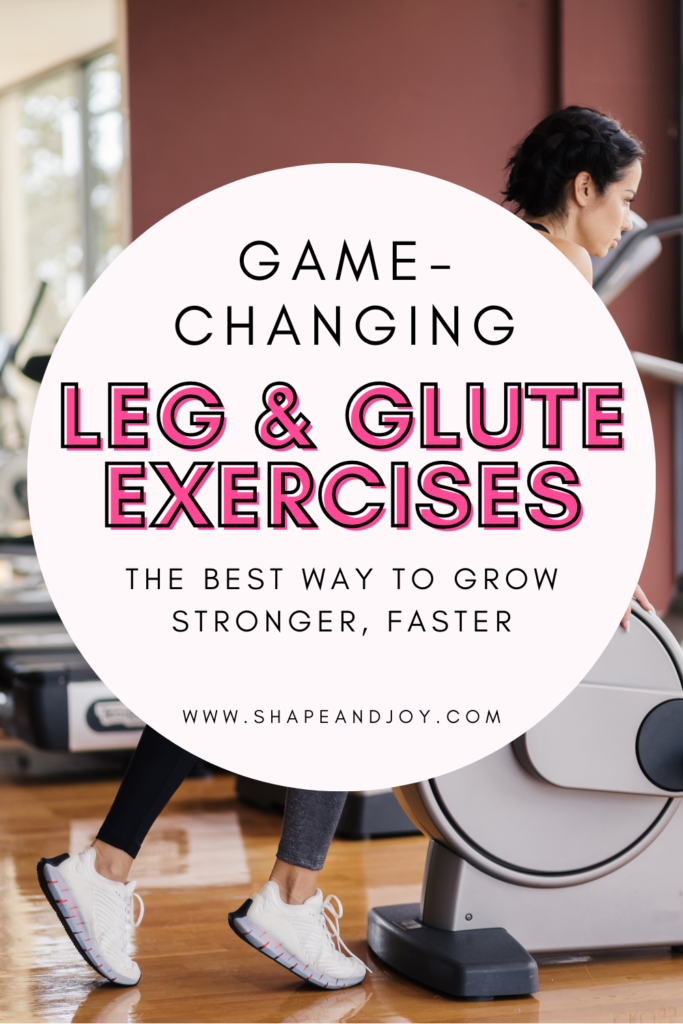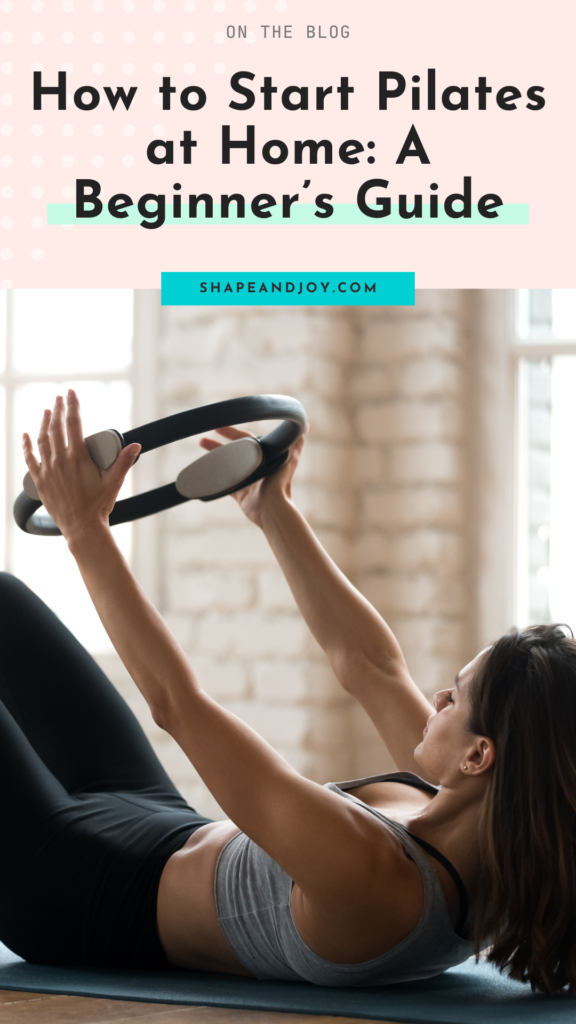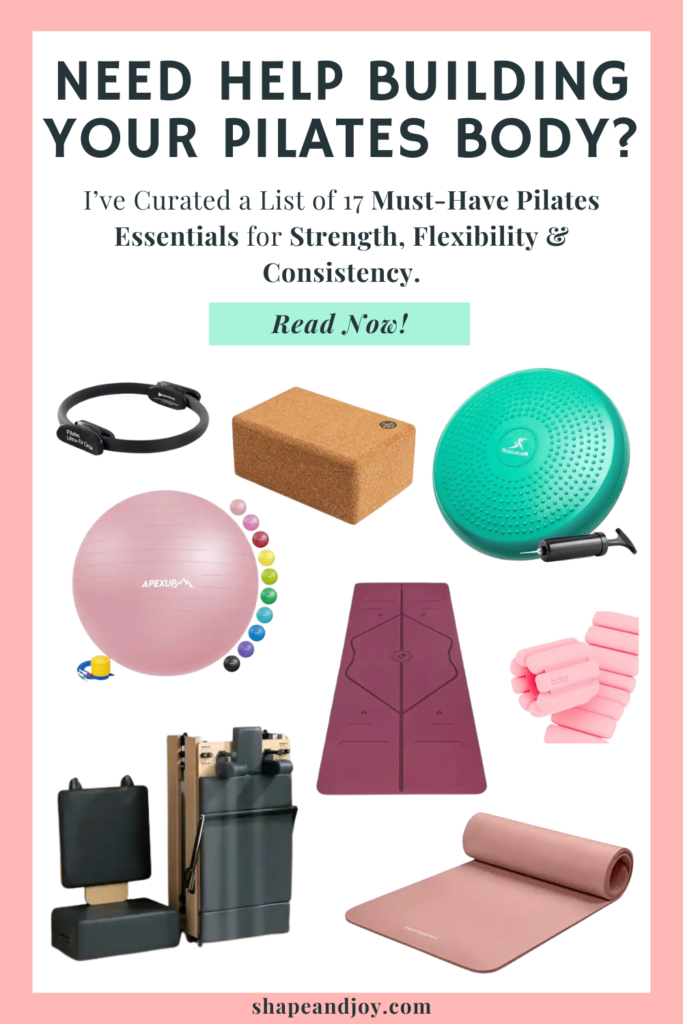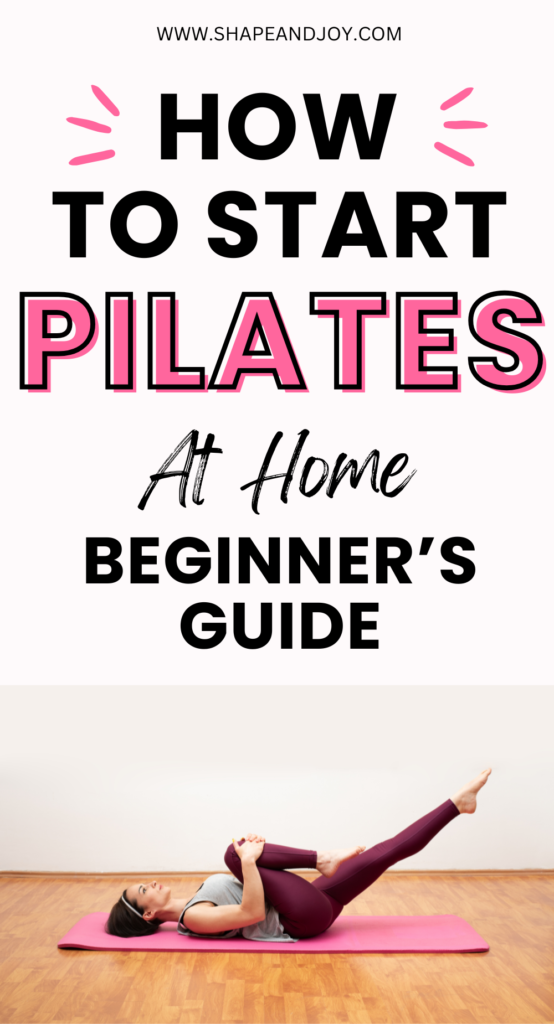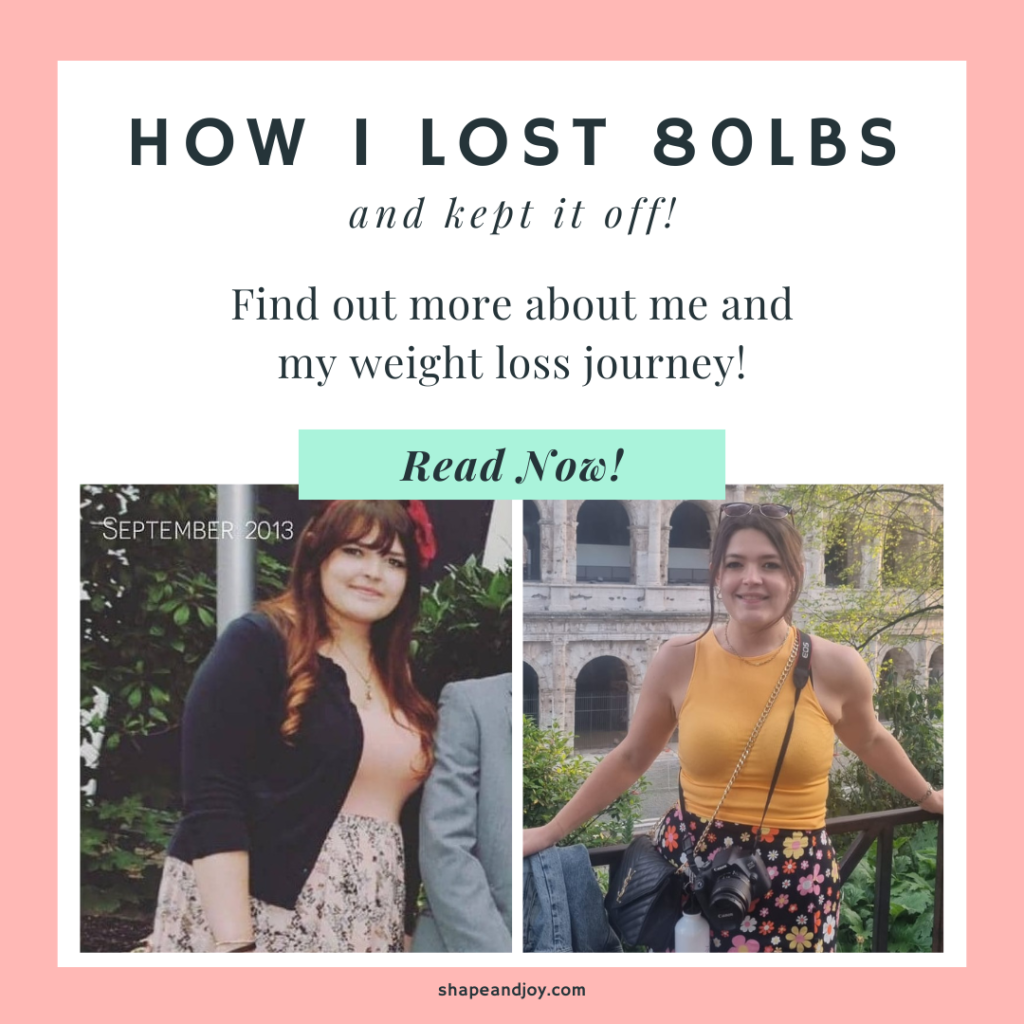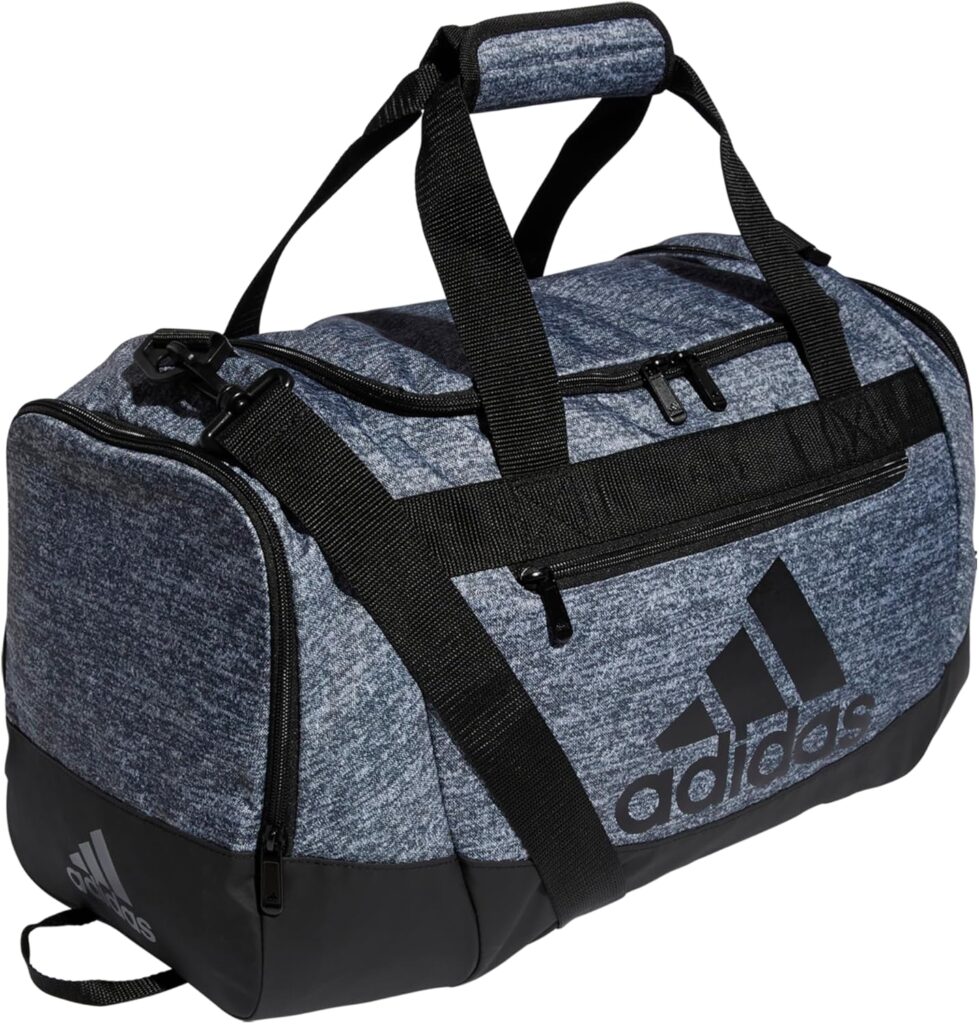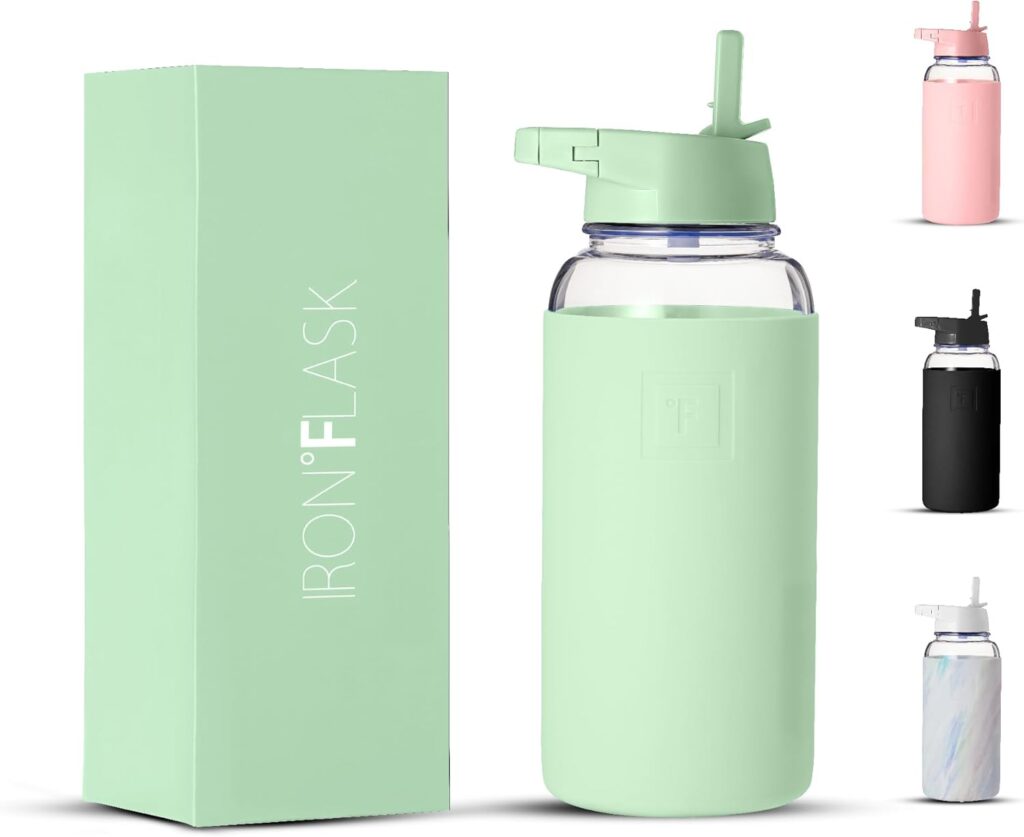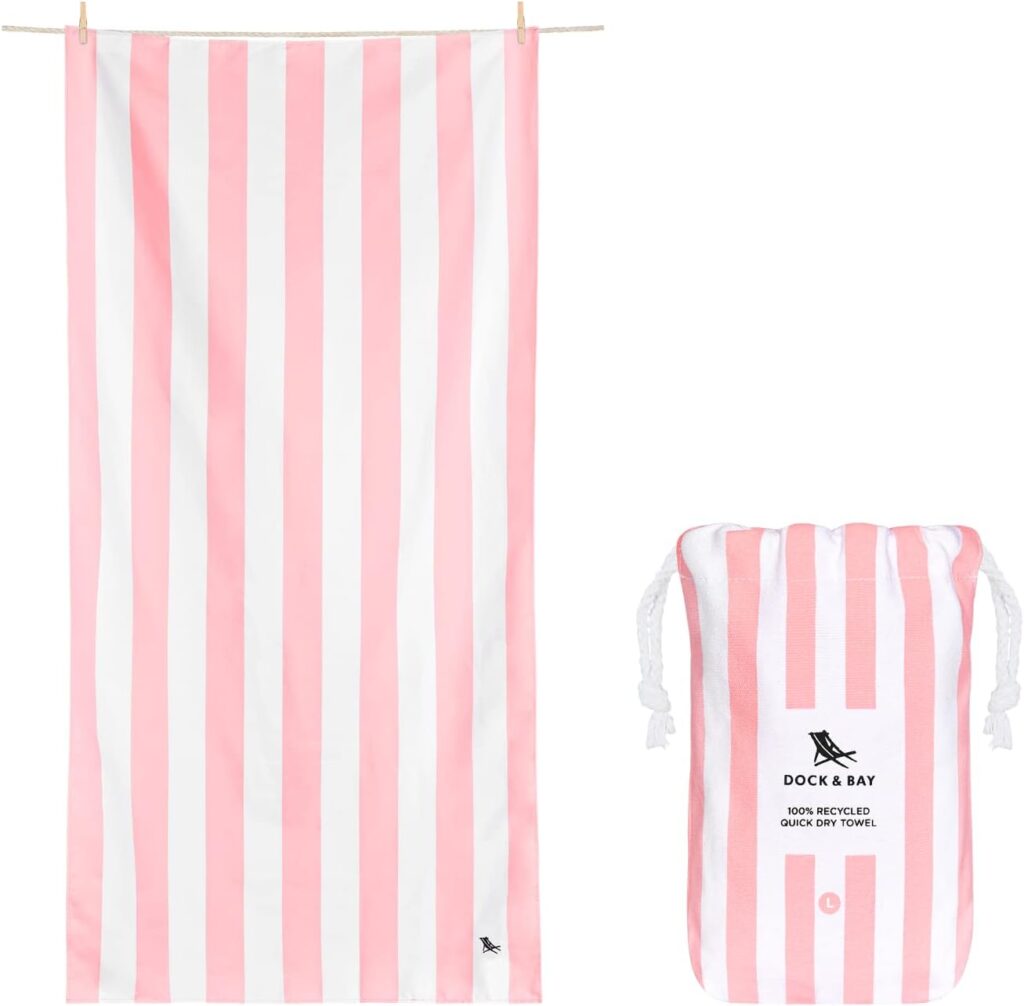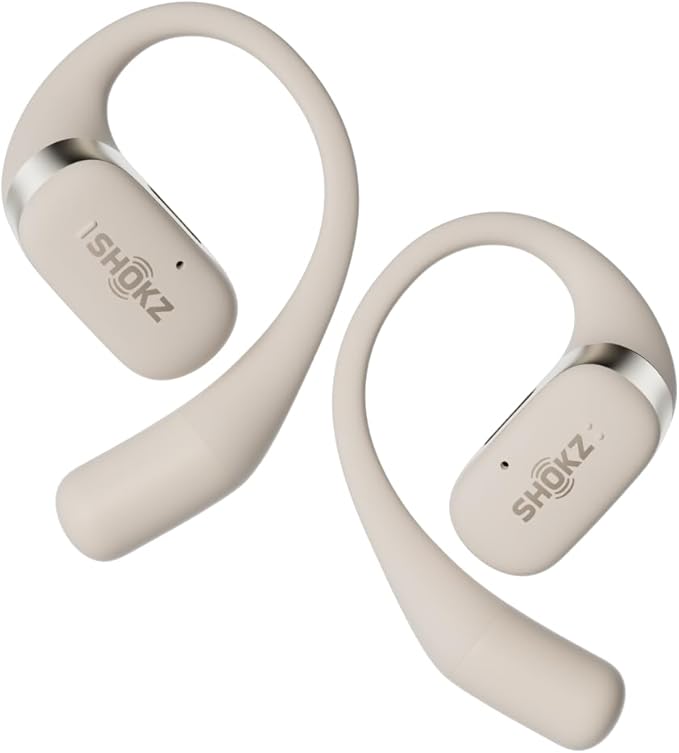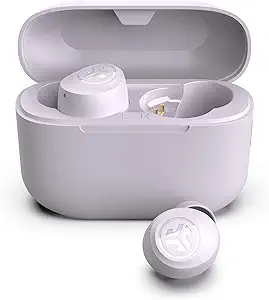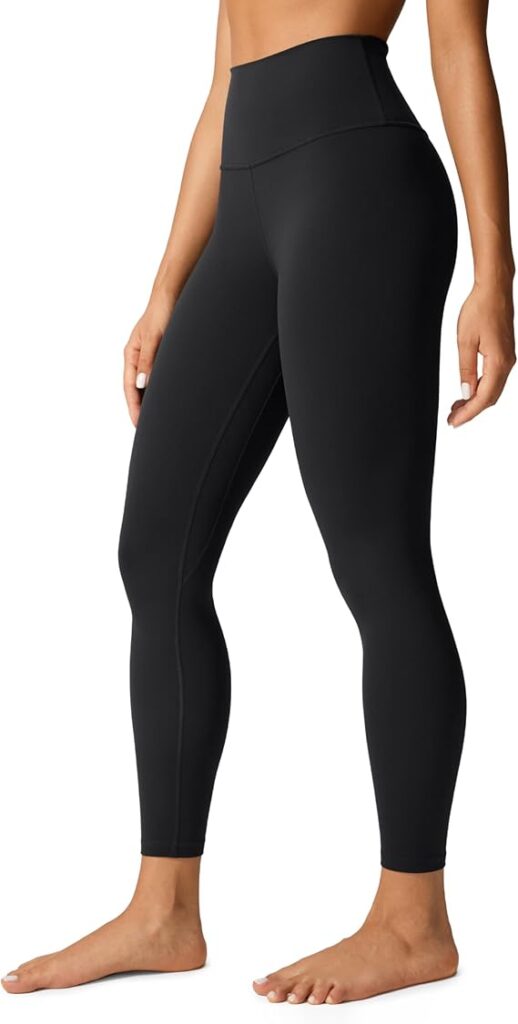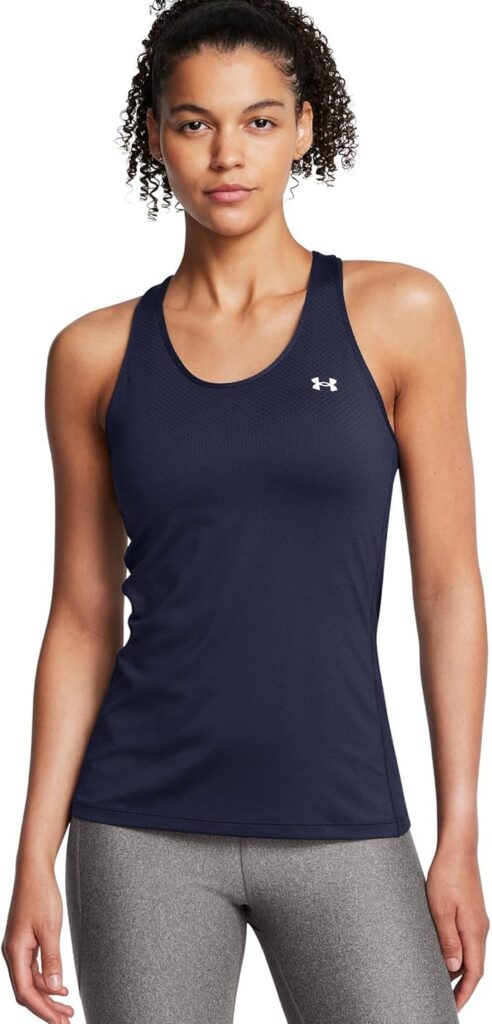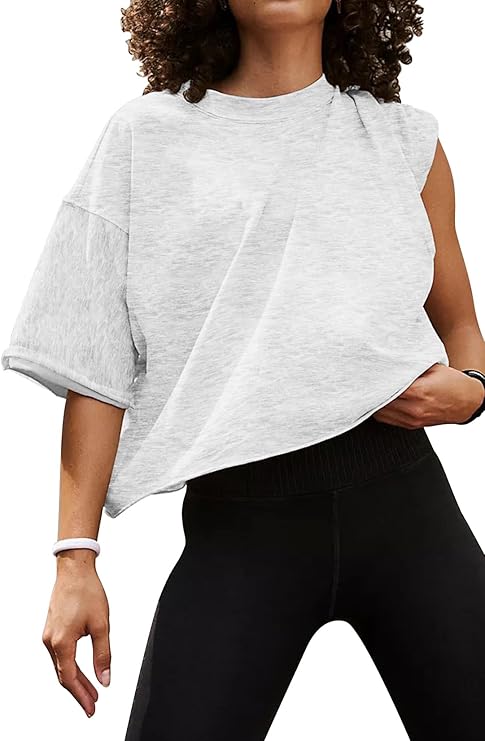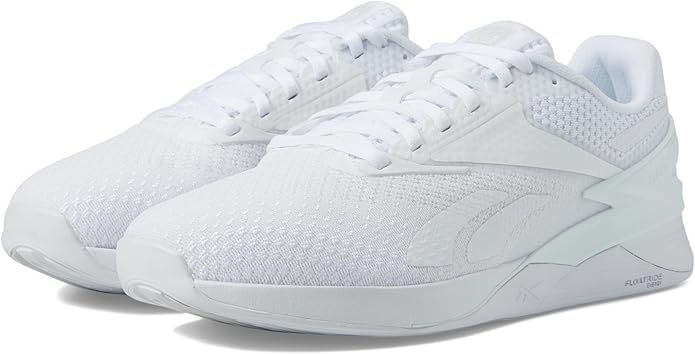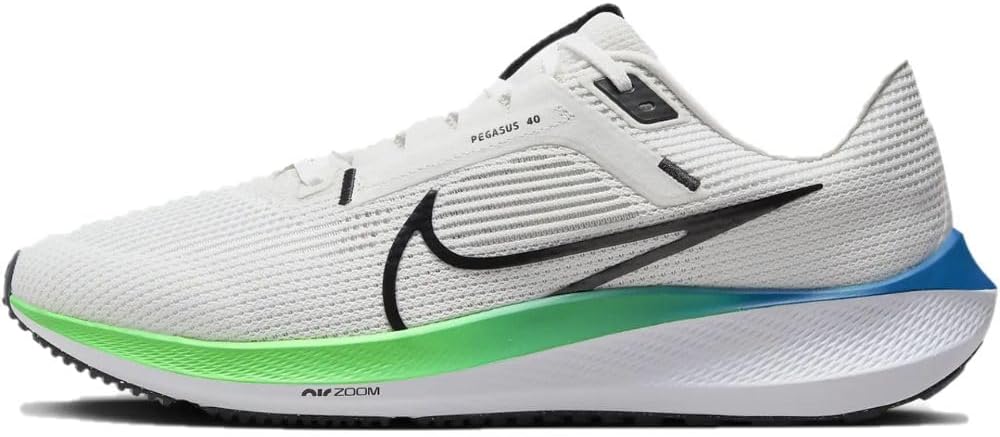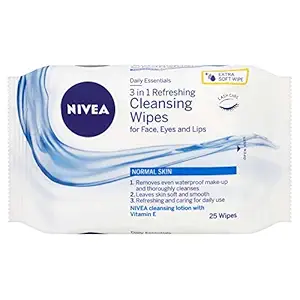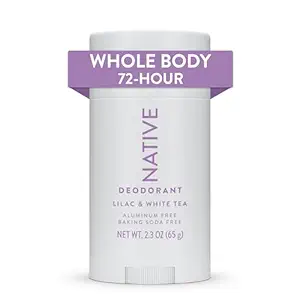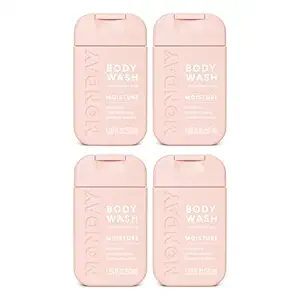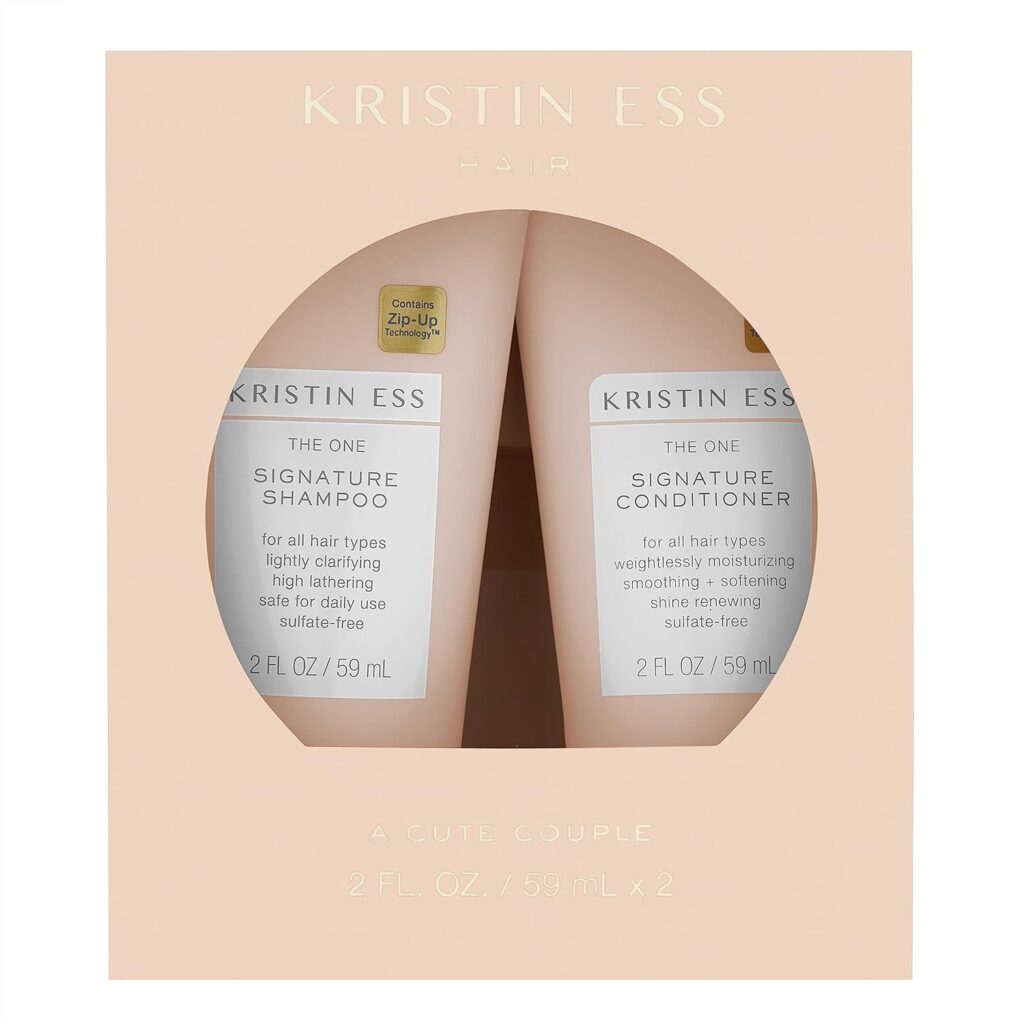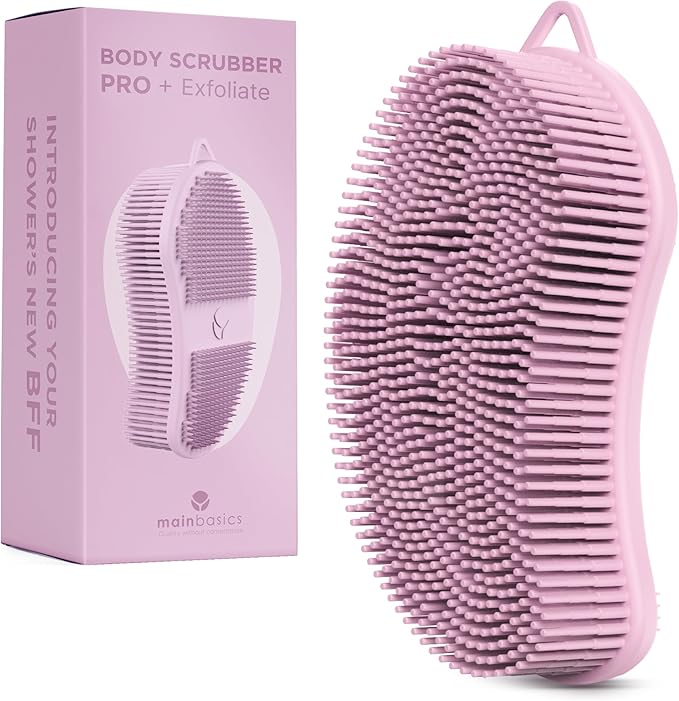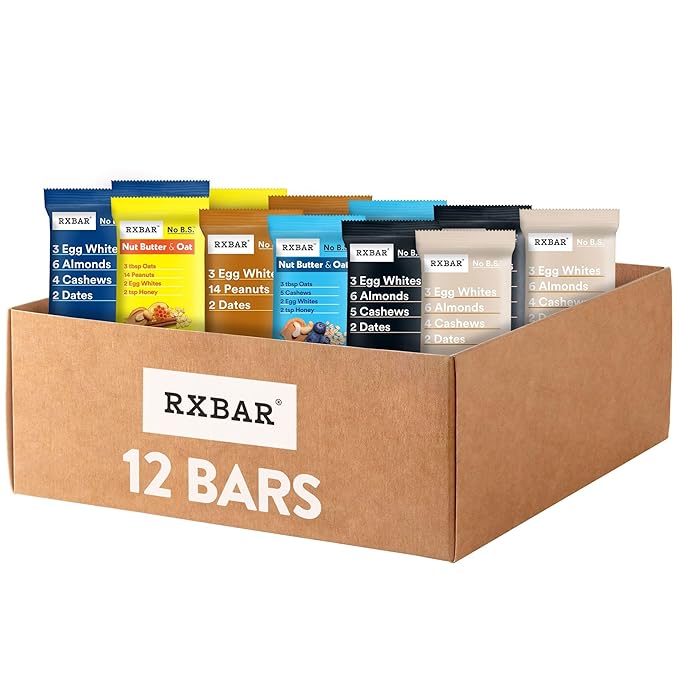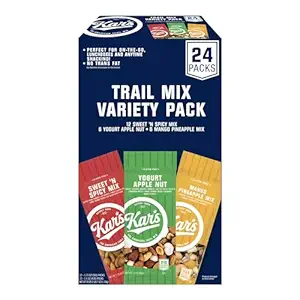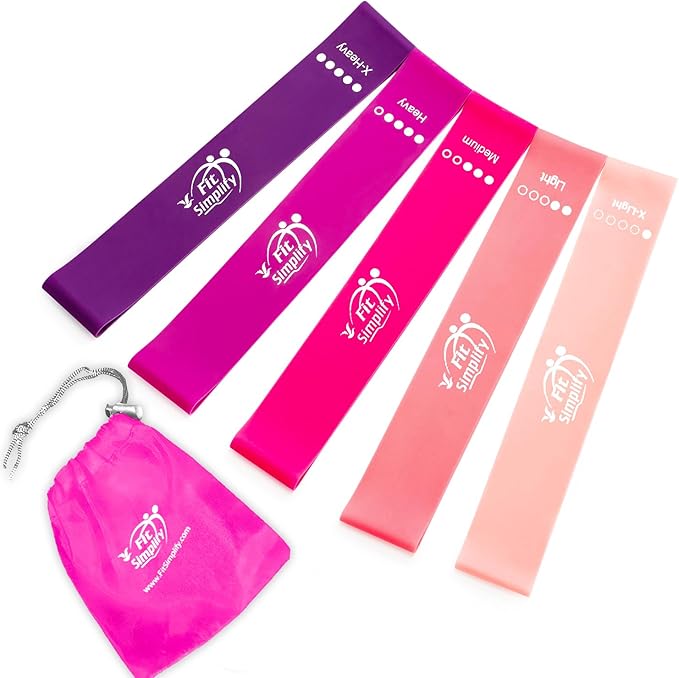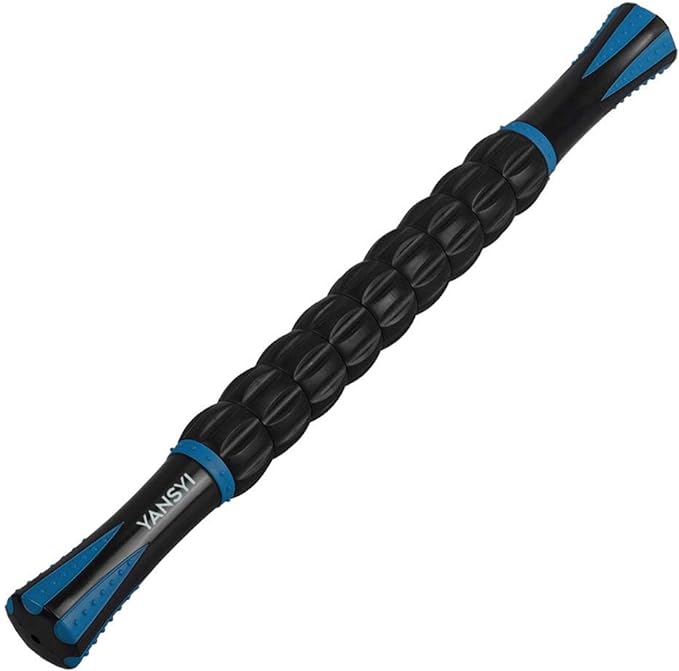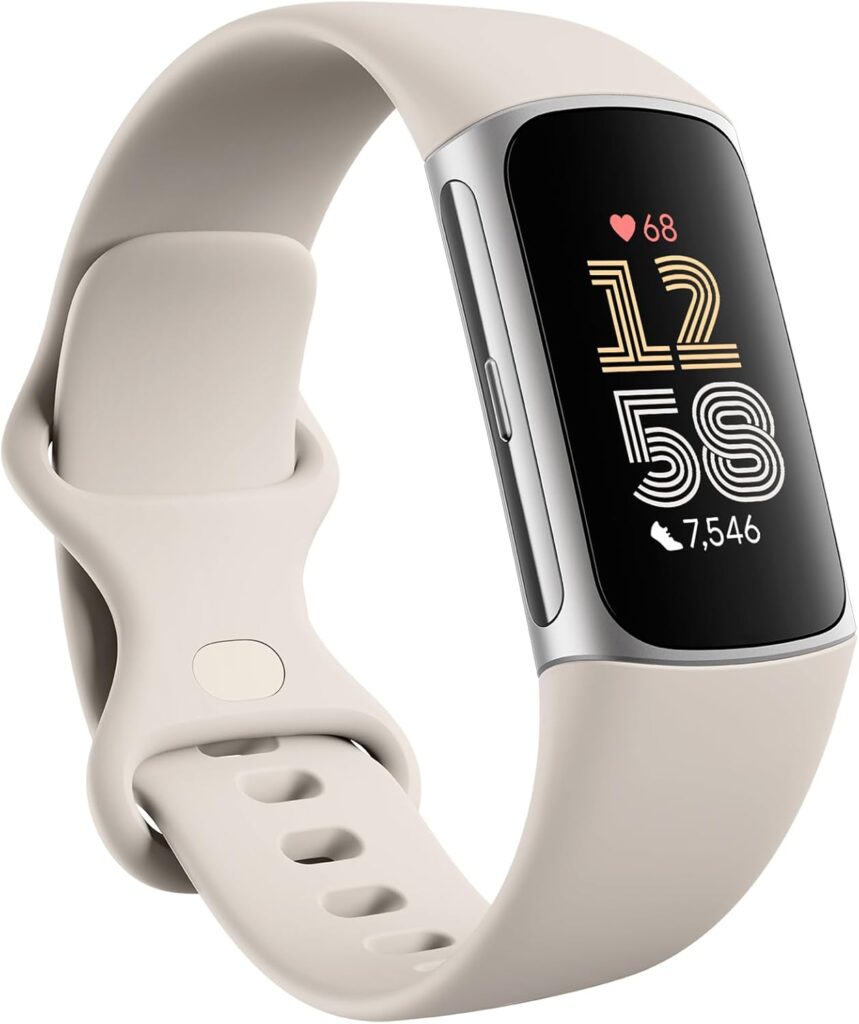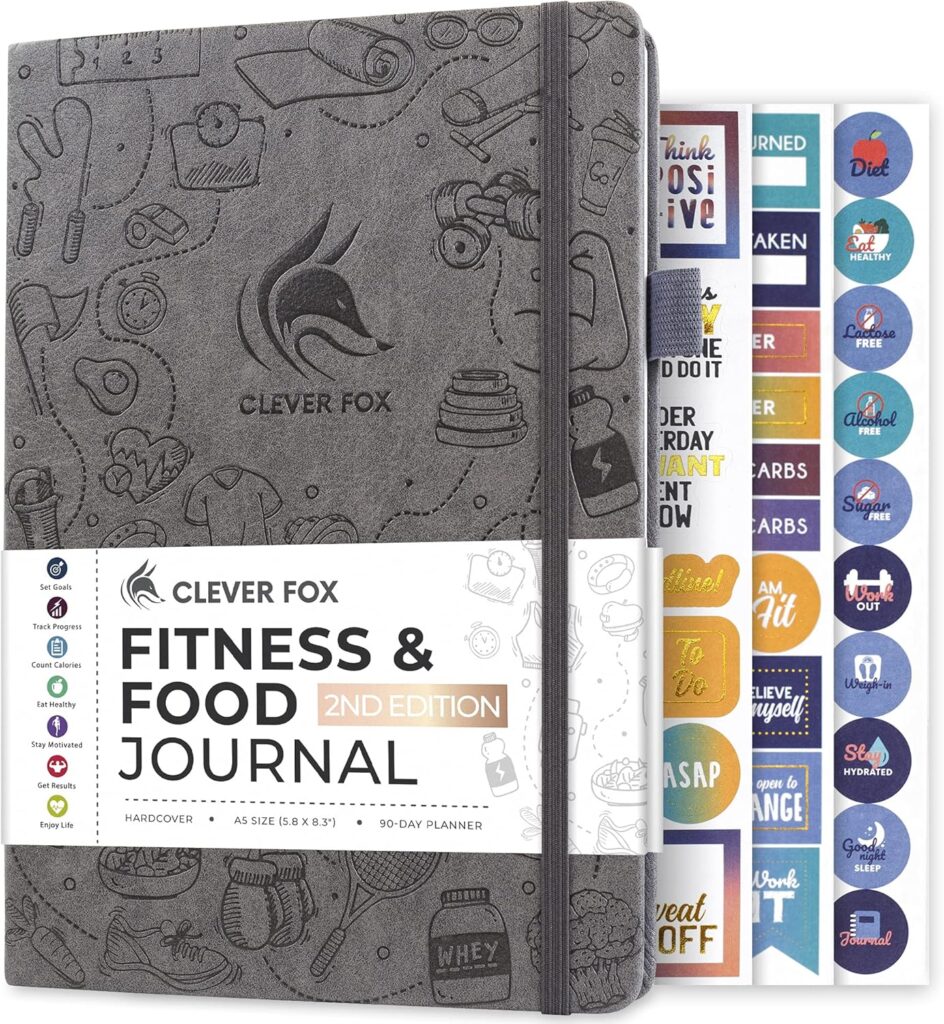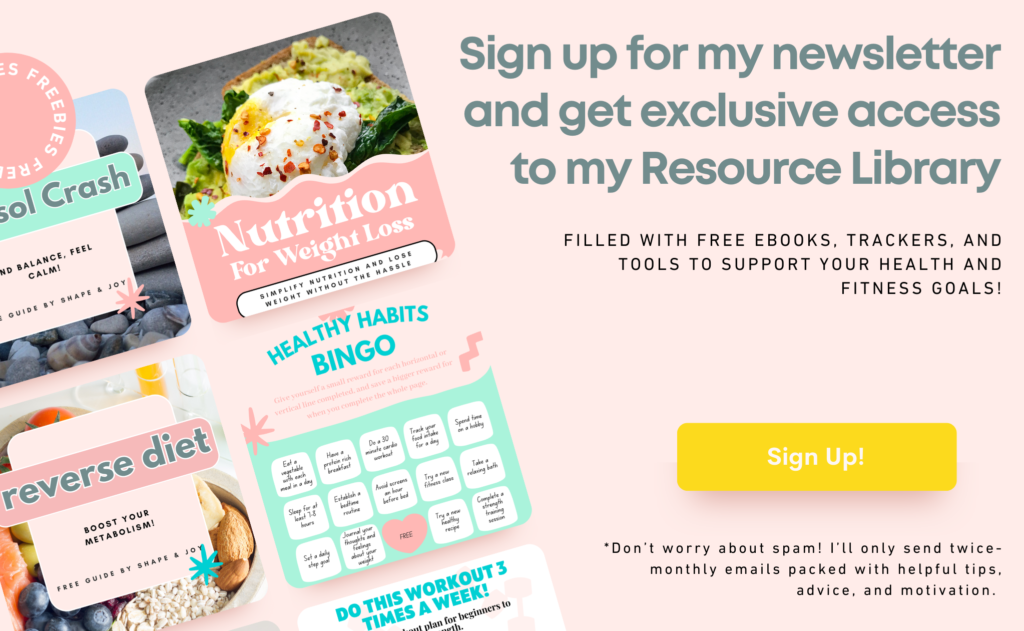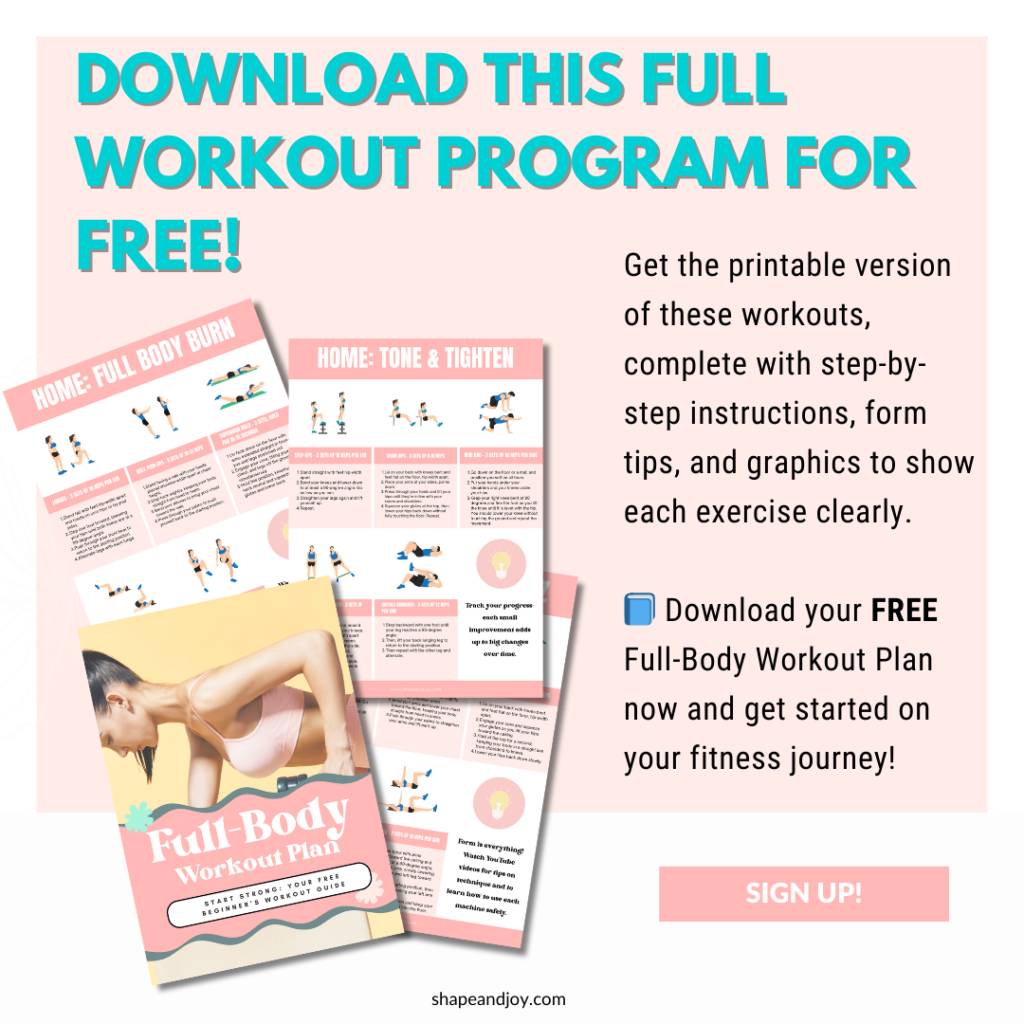The Most Common Glute Activation Mistakes (And How to Fix Them!)
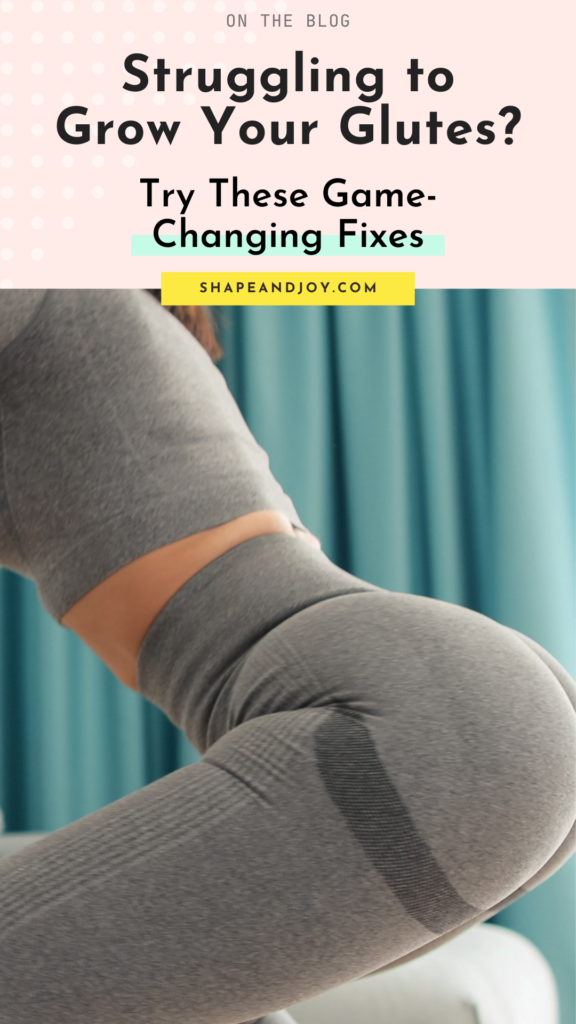
You’re smashing your leg and glute workouts, lifting weights at the gym, squeezing in home workouts, and following the best plan—but your glutes still aren’t growing. What gives? It could be glute activation.
If your glutes aren’t activating properly, you could be doing all the right exercises with all the best equipment, but your quads and hamstrings will keep stealing the show.
And if they’re doing all the work, your glutes aren’t growing—end of story.
So, if you’ve ever walked away from a barbell squat, kettlebell deadlift, or cable kickback feeling it everywhere BUT your glutes, it’s time to fix that.
Whether you train at home with no equipment or hit the gym machines, these are the biggest glute activation mistakes stopping your progress—and exactly how to fix them.
- Mistake #1: Skipping Glute Activation Before Your Workout
- Mistake #2: Relying Too Much on Squats for Glute Growth
- Mistake #3: Using the Wrong Gym Machines for Glute Growth
- Mistake #4: Not Engaging the Glutes Properly During Exercises
- Mistake #5: Lifting Too Heavy Too Soon
- Final Thoughts: Get Your Glutes Working the Right Way
Mistake #1: Skipping Glute Activation Before Your Workout
If you’re jumping straight into squats, deadlifts, and lunges without warming up your glutes first, you’re setting yourself up for failure.
Your body will default to using whatever muscles are ready to fire—which is usually your quads and lower back.
The Fix: A Quick, Intense Glute Activation Routine
Before you hit the weights or start your home workout, spend 5–10 minutes getting those glutes switched on. Here’s a simple routine to wake them up:
- Banded Glute Bridges – 2 sets of 15
- Banded Lateral Walks – 2 sets of 10 steps each way
- Banded Kickbacks (or Cable Kickbacks at the Gym) – 2 sets of 12 each leg
- Bodyweight Hip Thrusts – 2 sets of 15
If you’re training at home with no equipment, just grab a resistance band—this routine works anywhere.
Mistake #2: Relying Too Much on Squats for Glute Growth
Squats are great, but they’re not the best exercise for growing your glutes. They’re a compound movement, meaning they use your quads, hamstrings, core, and glutes all at once.
If your glutes aren’t already strong and activated, they’re not getting the full benefit.
The Fix: Prioritise Glute-Specific Movements
If you want to grow your glutes, you need to do exercises that target them directly. Add these to your plan:
Gym (Machines & Weights)
- Barbell Hip Thrusts – One of the best glute-building moves
- Cable Kickbacks – A staple for glute isolation
- Bulgarian Split Squats (Dumbbell or Kettlebell) – Burns, but works wonders
- Glute Bridges (Barbell or Dumbbell) – Quick, intense, and effective
Home (No Equipment or Resistance Band)
- Banded Glute Bridges – Small move, big results
- Single-Leg Glute Bridges – Adds intensity without adding weight
- Step-Ups (Bodyweight or Dumbbell) – Great for home workouts
- Banded Side Walks – Keeps the focus on your glutes, not your thighs
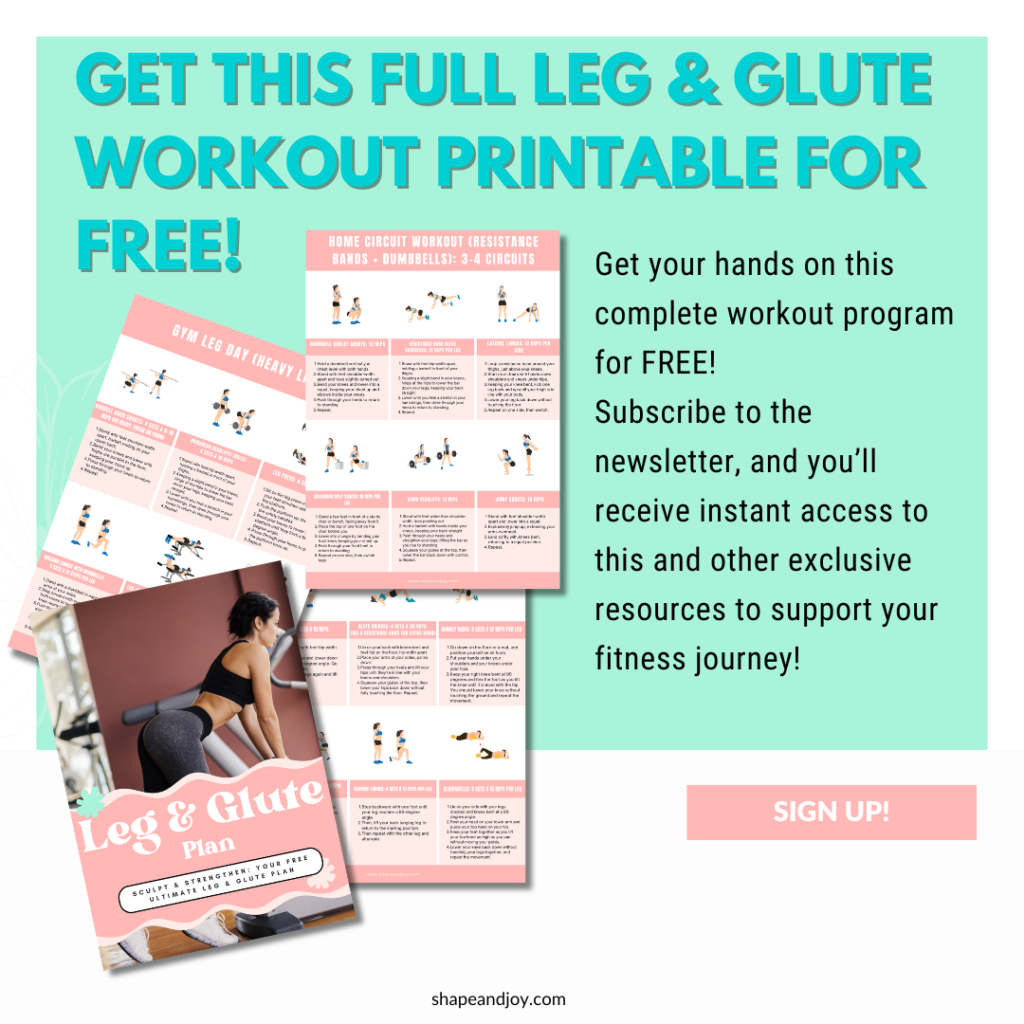
Mistake #3: Using the Wrong Gym Machines for Glute Growth
Not all gym machines are created equal. If your plan involves leg presses, leg extensions, and Smith machine squats, you might be putting too much work into your quads and not enough into your glutes.
The Fix: Use Machines That Keep the Focus on Your Glutes
- Hip Thrust Machine – If your gym has one, use it.
- Cable Machine – Perfect for kickbacks, pull-throughs, and abductions to target glutes.
- Seated Abductor Machine – Looks easy, but burns like fire.
- Leg Press (Feet High on Platform) – Adjusting your foot position shifts the focus to your glutes and hamstrings.
If you train at home, use a resistance band or dumbbells to mimic these moves.
📌 Pin this for later! ⬇
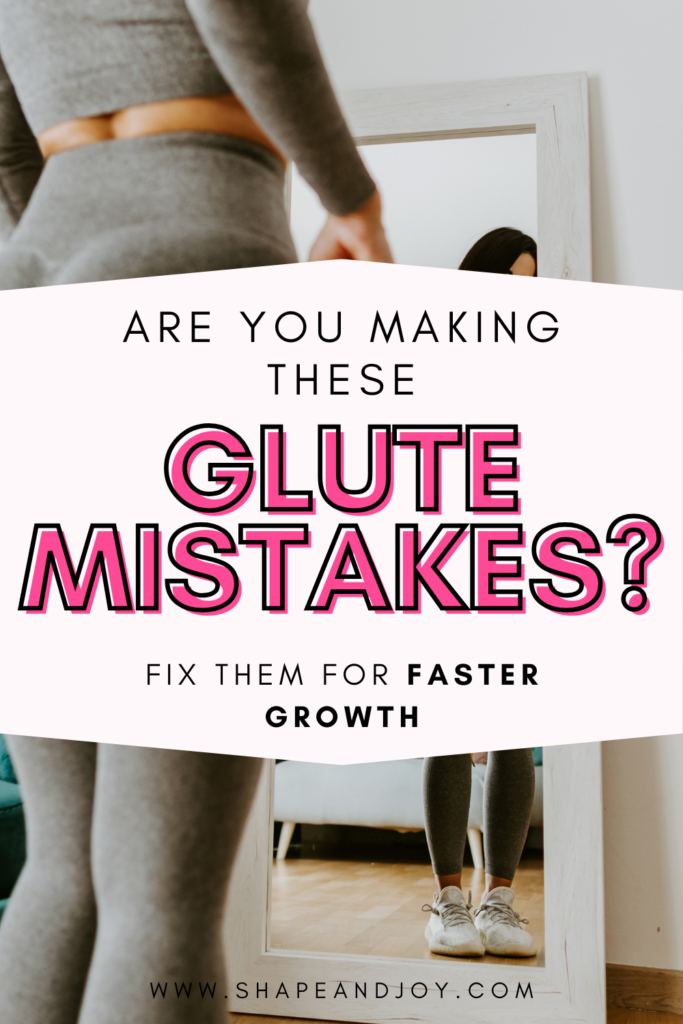
Mistake #4: Not Engaging the Glutes Properly During Exercises
If you’re going through the motions without really feeling your glutes working, they’re not activating properly.
If you finish a Romanian deadlift, kettlebell swing, or hip thrust and feel it more in your hamstrings and lower back, something’s off.
The Fix: Use Mind-Muscle Connection & Proper Form
To fully engage your glutes, you need to slow down and focus on the movement. Here’s how:
- Drive through your heels – Whether you’re doing a hip thrust, squat, or step-up, this helps shift the load to your glutes.
- Squeeze at the top – Hold the contraction for one to two seconds on every rep. If you’re not feeling the burn, you’re not doing it right.
- Don’t rush the reps – Control the movement and avoid using momentum.
If you struggle to feel your glutes, try placing a resistance band just above your knees during hip thrusts, bridges, or squats. This forces your glutes to stay engaged throughout the movement.
Mistake #5: Lifting Too Heavy Too Soon
Lifting heavy is great, but if your glutes aren’t firing properly, going heavy is only making things worse. Your quads and lower back will take over, and your glutes will just sit there, doing nothing.
The Fix: Perfect Form First, Then Add Weight
- Start with bodyweight or light dumbbells to perfect your movement.
- Once you feel your glutes working, gradually increase weight with barbells, kettlebells, or gym machines.
- If you can’t feel your glutes by rep five, your weight is too heavy. Drop it down and focus on form.
Remember—progressive overload is key, but only when your muscles are actually doing the work.
Maximise Your Glute Gains
Want to take your glute growth to the next level? This series has everything you need—from the best workouts to game-changing nutrition tips. Dive into each post and build stronger, sculpted legs and glutes the smart way.
- Complete Leg & Glute Workout Plan – From Home to Gym
- Best Leg Exercises at the Gym – The Ultimate Guide to Machines & Weights
- How to Grow Your Glutes Without Growing Your Thighs
- The Most Common Glute Activation Mistakes (And How to Fix Them!) (You’re here!)
- The Best Nutrition for Leg & Glute Growth – What to Eat for Maximum Gains (You’re here!)
Follow this full series and get on the path to stronger, sculpted glutes!
Final Thoughts: Get Your Glutes Working the Right Way
If you’ve been wondering why your glutes aren’t growing, now you know—it’s all about activation, exercise selection, and proper form.
Whether you’re training at home with no equipment, using dumbbells, or smashing the gym machines, the right plan makes all the difference.
Here’s Your Action Plan:
- Warm up properly with a quick, intense glute activation routine.
- Prioritise glute-specific moves like hip thrusts, kickbacks, and glute bridges.
- Use gym machines that actually help your glutes grow (skip the leg extensions).
- Perfect your form before adding heavy weights.
- Engage your glutes properly—if you can’t feel them, something’s off.
Time to get serious about glute growth. No more wasted workouts—let’s build those strong, sculpted glutes properly.
📌 Pin this for later! ⬇
